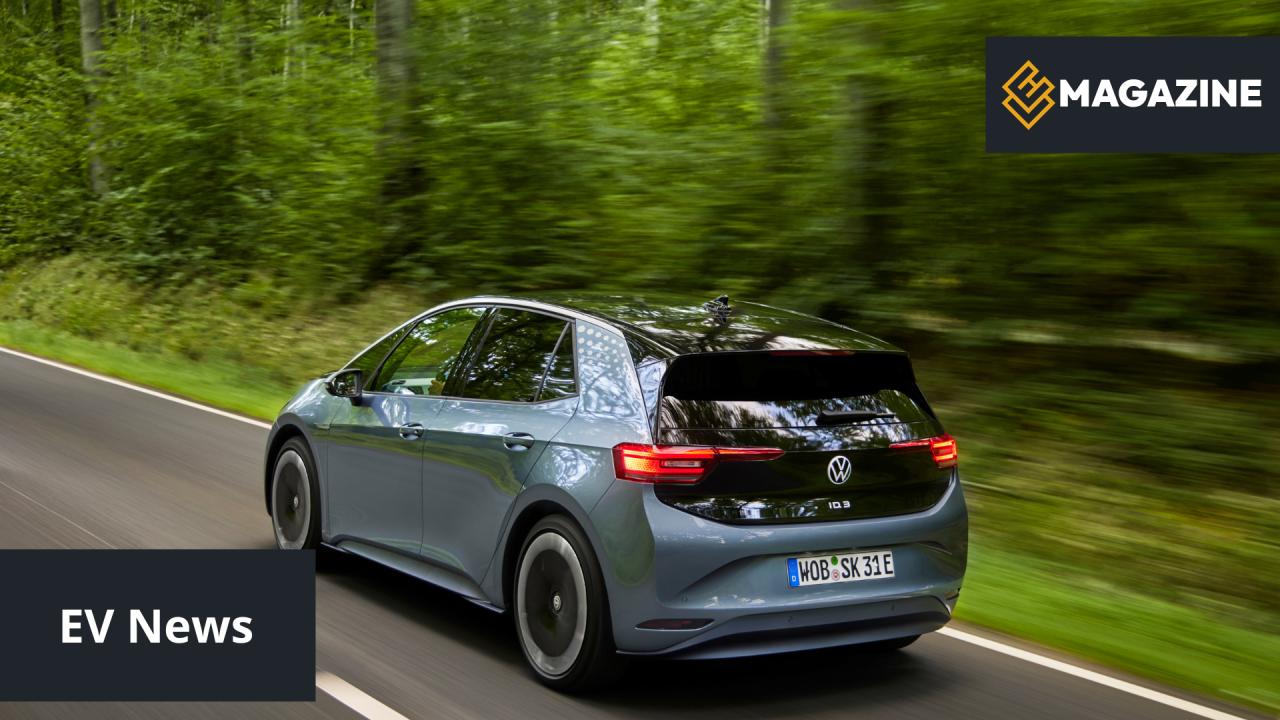$22,000
9
$5.8B
50%
The $22,000 Game-Changer: VW's Electric Democracy
Volkswagen is rewriting the rules of electric mobility with an unprecedented assault on the affordable EV market. The ID.1 (ID.EVERY1), set to launch in 2027 at approximately $22,000 (€20,000), represents more than just another budget electric car—it's the cornerstone of VW's strategy to democratize electric driving for millions of Europeans.
Unlike previous attempts at budget EVs that felt compromised, Volkswagen's new approach leverages its revolutionary unified battery cell technology, promising a 50% reduction in battery costs by 2025. This breakthrough, combined with the new MEB Entry platform and streamlined production processes, allows VW to deliver premium features at mainstream prices without sacrificing quality or performance.
The Complete Affordable EV Offensive
Innovation Focus: First VW model with Rivian-powered SDV architecture, enabling continuous software improvements and new features via OTA updates.
Innovation Focus: Despite slight delay from IAA 2025 to Q1 2026 reveal, maintains promise of being "spacious as a Golf, affordable as a Polo" with premium tech and 20-minute fast charging.
Innovation Focus: More upright, confident design language while maintaining the affordability and efficiency of the ID.2all platform.
Rivian Technology: The Secret Weapon
The November 2024 joint venture between Volkswagen and Rivian represents a seismic shift in VW's approach to vehicle development. This $5.8 billion partnership brings Silicon Valley innovation to Wolfsburg, enabling VW to leapfrog traditional development cycles and deliver its first SDV ahead of schedule.
Continuous improvement of vehicle functions, performance optimization, and new feature additions throughout the vehicle's lifecycle without dealer visits.
Rivian's proven software architecture enables sophisticated driver assistance, enhanced user interfaces, and seamless smartphone integration.
Partnership enables VW to compress development timeline from 50 months to 36 months, bringing affordable EVs to market faster than competitors.
Technology will be shared across VW Group brands including Cupra and Škoda, maximizing economies of scale and reducing costs.
Revolutionary Battery Technology
Unified Cell Architecture: Volkswagen's breakthrough unified battery cells, entering production at the Salzgitter facility in 2025, promise a 50% reduction in battery costs—the single biggest barrier to affordable EVs. With an annual capacity of 40 GWh, enough for 500,000 vehicles, this technology underpins VW's entire affordable EV strategy.
Platform Flexibility: The new MEB Entry platform with front-wheel drive configuration allows for more efficient packaging, reduced complexity, and lower production costs while maintaining the spaciousness customers expect from Volkswagen vehicles.
Design Philosophy: Heritage Meets Future
We're transferring the DNA of our icons into the future. The ID.1 and ID.2all are homages to the Beetle, Golf, and Polo—combining stability, likeability, and excitement in a package that shows a human expression and confident smile.
Market Positioning and Competition
While competitors struggle with pricing and market positioning, Volkswagen's three-phase strategy—Advance, Attack, Accelerate—positions the brand to capture the mass market just as EV adoption reaches the crucial tipping point beyond early adopters.
Production and Manufacturing Excellence
ID.2all production in Spain alongside Cupra and Škoda variants maximizes efficiency and leverages existing manufacturing expertise.
New production methods and platform simplification reduce complexity while maintaining Volkswagen's renowned build quality.
Nine new EV models by 2027 across multiple brands ensures component sharing and economies of scale unprecedented in the affordable EV segment.
VW aims for 80% electric car share in Europe by 2030, up from previous 70% target, demonstrating confidence in its affordable EV strategy.
Timing Challenges and Strategic Adjustments
While Volkswagen has pushed the ID.2all reveal from the planned 2025 IAA Motor Show to Q1 2026, the company remains committed to its affordable EV strategy. Production is set to begin in the first half of 2026 at Spanish facilities, with the slight delay attributed to refinements in LFP battery technology and software integration rather than fundamental issues.
This minor postponement actually positions VW strategically against competitors—Renault's sub-€25,000 models are launching without the advanced Rivian-powered software architecture that will give VW vehicles continuous improvement capabilities throughout their lifecycle.
The GTI Factor: Performance for Everyone
Volkswagen isn't forgetting enthusiasts in its affordability push. The ID.2 GTI, set for reveal in late 2026, proves that accessible EVs don't have to be boring. Building on the ID.GTI concept shown in 2024, this performance variant will bring hot hatch excitement to the electric age at a price point traditional performance cars struggle to match.
After early adopters were reached with electric cars, we now need consumers who don't have the opportunity to install charging stations at home to be convinced by the technology. Our goal: expand our position as the world's leading volume manufacturer by 2030, as a brand for everyone—just as you would expect from Volkswagen.
The ID.2all breaks the traditional compromise between affordability and features, offering Travel Assist, Park Assist Plus, LED matrix headlights, massaging seats, and panoramic sunroof—equipment typically reserved for vehicles costing twice as much.
Future Implications for European Mobility
While Volkswagen's sub-€25,000 pricing makes the initial purchase more accessible, the real economic advantage of these affordable EVs becomes clear when calculating total ownership costs. With electricity prices significantly lower than petrol across Europe and minimal maintenance requirements, even entry-level EVs deliver substantial long-term savings.
Wondering how much you could save with an electric vehicle? Use our comprehensive EV Savings Calculator to compare real-world running costs between electric and combustion vehicles based on your driving habits, local energy prices, and vehicle choice. Many drivers are surprised to discover they could save thousands of euros annually, making even premium EVs cost-competitive with budget petrol cars over their lifetime.

